
Koh Kood, Koh Mak and Rayong – experience authentic Thailand is written by Jens Skovgaard Andersen. RejsRejsRejs.dk was invited by Tourism Authority of Thailand. All opinions are, as always, the author's own.

From Bangkok to paradise
Thailand is an excellent travel country. It's easy, cheap and delicious. Everywhere you are greeted with smiles and open arms - regardless of whether you are heading north, south east or west. There is something to experience everywhere, and many travelers have discovered this.
In most places there are many other tourists and travelers, and there is nothing to say about that, because we want to experience the same fantastic places. If you want to get away for a bit and have paradise almost to yourself, then you should set a course to the southeast when you land Bangkok.
In Rayong, you will meet the local tourists, as it is one of the places where the residents of Bangkok, in particular, relax from the stress and hustle and bustle of everyday life. And on the bounty islands Koh Kood and Koh Mak - from where you can almost see Cambodia - you don't meet very many other tourists at all.
So if you want to experience the best of Thailand in the authentic and not least sustainable way, you must set course for Rayong, Koh Kood and Koh Mak.
Here we give you the best tips for what to experience in Rayong and on the islands of Koh Kood and Koh Mak in southeastern Thailand.
Going green: Rayong – from industry to sustainable tourism
If you land at Bangkok's Suvarnabhumi airport east of the city, it's easy to continue south-east. Many tourists go to the famous city of Pattaya. A little further down the coast you will find Rayong, which is a completely different experience.
Rayong province is the most affluent in Thailand, but that doesn't mean it's expensive. Not at all.
It is a result of the fact that Rayong has long been the center of Thailand's industry and production, and at the same time, more and more people have opened their eyes to Rayong's beaches and nature.
Off the coast lies the popular holiday island Koh Samet, and the island is especially popular among the Thais themselves. The short driving time from Bangkok makes it easy to escape the big city for a few days or more, and it is therefore largely local tourists you meet here.
The same applies to the long sandy beaches on the mainland. It's incredibly easy to find a place to spread out a blanket under a tree and have a delicious picnic, which the locals love to do. Families with children of all ages camp out on the beach for a day and enjoy life.
Rayong is perfect for that.
When you 'set up camp' in Rayong yourself, there are a number of sustainable sights to explore, so you won't get bored. In particular, there is a focus on ecotourism. The nature is beautiful with mangrove forests and wetlands with a rich bird life.
I Rayong Botanical Garden, which is more of a floating activity park than a botanical garden, you can really feel nature on your own body.
Rent a bike, take a hike along the marked trails or hop in a kayak and let yourself be surrounded by beautiful pink lotus flowers, water lilies and even carnivorous plants. The wetlands attract a lot of birds, which you get very close to when you drift quietly around in a kayak.
If you rent a bike, remember to test it before you set off. Not all bikes have brakes and not all have gears. If you're lucky, you can find one where it all works - but otherwise, choose one with brakes.
Don't miss out on a boat trip to the floating grass islands, where you can jump off and feel what it feels like when the ground beneath your feet moves as you walk. It's a bit like walking on a pudding, and it's fun to try for children and adults of all ages.
In Rayong, in addition to the long sandy beaches, you will also find a large aquarium, national parks with beautiful waterfalls and countless other water-based attractions and, of course, lots of colorful temples, so there is plenty to do.
Mecca for Gems and Fruits: Visit Chanthaburi on the way
East of Rayong lies the city of Chanthaburi, which is definitely worth experiencing when you are in Eastern Thailand. Chanthaburi is the center of the trade in precious stones, and it is said that the majority of the world's precious stones – especially rubies – are cut here in the city.
However, it's not just gemstones that draw; so does Chanthaburi's cuisine to a large extent.
If you are fond of exotic fruits, homemade ice cream and sweets in general, then you will be close to heaven here. Especially in the old one Vietnamese og Chinese district Chanthaboon Waterfront, where the houses are built over the river, it's just a matter of opening your mouth and trying the many delicacies on the menu.
Some fruits can be a bit difficult to approach, and not least the hostile-looking, spiky durian fruit – or durio in Danish – is not for everyone's taste buds. The Thais love it, and Chanthaburi is where the best durians grow. Give it a try, but take small bites just in case.
Fortunately, rambutan, mango, dragon fruit, breadfruit, lychee and mangosteen are also widespread and probably suit us Westerners better.
In addition to a string of beautiful Buddhist temples, Chanthaburi houses Thailand's largest church, which is an impressive Catholic cathedral, particularly known for its statue of the Virgin Mary encrusted with more than 200.000 precious stones.
Of course, less can't do in Thailand's gem center.
Koh Mak: Sustainable relaxation on a beautiful island
Not far from Chanthaburi, the ferries sail out to the islands in the eastern part of the Gulf of Thailand. The most famous of them is probably Ko chang, which attracts quite a few tourists. The island has both party and colour, world-class beaches, rainforest, hilly hiking trails and coral reefs, so there's no denying its popularity.
If you jump one more time to the south, you will come to a smaller one, which is almost completely flat, and which, in turn, offers a different type of experience than its big brother. This island is Koh Mak.
There are no mountains on Koh Mak, so golf carts and bicycles are the preferred means of transport. Here, relaxation is paramount. The excellent resorts have equally excellent beaches and you just have to explore. Often you have to go through a resort to get down to the beach, but that's no problem - they're used to it.
Koh Mak is run by a handful of families who take great care to ensure that everything is in order.
The residents have drawn up a manifesto in which they have banned motorized vessels such as jet skis and speedboats, they also do not want foam packaging and the like on the island, you are not allowed to bring drugs, and there must be peace in the evening.
Sustainability is really important to the residents of Koh Mak, and you can see that everywhere. You will meet local raw materials, local craftsmanship and local entrepreneurs. Very authentic.
A special initiative is Trash Hero, where on Saturdays you can sign up to pick up trash on the beaches all over Koh Mak. It is not necessarily rubbish from the island, but often it is something that drifts ashore from elsewhere. At Koh Mak, they care about having things be nice and green, and you can be a part of it.
DIY on the island of Koh Mak
It's not just litter collection on the beach, you can get your hands on local life on Koh Mak. One of the absolute best activities you can try is Smile cooking school with smiling and skilled Leng at the front.
Leng is excellent at learning from him, and even a decidedly kitchen novice like this writer ended up making delicious Thai food. And she even knows the names of all the ingredients in Danish – and in all other languages, it seems. It makes it very easy to start cooking sustainable Thai food in almost Michelin class.
The menu consists of the well-known dishes you come up with the menu everywhere in Thailand; pad thai, tom yum, green papaya salad, larb, tom kha gai og mango sticky rice. But there is now something very special about eating delicacies that you yourself - with good support from the experts - have made.
Of course, you must also bring home something very special in your suitcase and show them off at home. A good bet for something unique is indigo colored clothing – again made using the DIY method.
Roughly in the middle of the island you will find Roja Art Studio, where you can literally dip your fingers into the culture. Dyeing with indigo is particularly widespread in Northern Thailand, but at Roja you can try dyeing textiles yourself. The very special thing about Roja is that you don't have to settle for the blue indigo.
Owner Rodjamarn has found a way to extract Koh Mak's own colours. She uses leaves, plants, mushrooms, bark and soil from the island to dye clothes. You simply won't find these colors anywhere else in the world, so it's completely unique. It's not often that you have to make your own souvenirs on the trip, but you can do that at Roja on Koh Mak.
On Koh Mak there is no stress and rush, and you quickly feel like part of the family. Pure enjoyment.
Koh Kham and Koh Pii: Ghost Hotel and Ghost Island
Around Koh Mak are some small islands that you can visit from Mak. Just off the coast, you can sink your toes into the chalky white sand of Koh Kham. The sand is particularly fine as it is imported for the purpose, and Koh Kham should really have been an exclusive resort.
Unfortunately, the owners of the resort went bankrupt while they were building, so the unopened hotel is a bit of a ghost hotel. Plants and trees are taking over the hotel and it looks a bit creepy. However, there is nothing sinister about the beach and the water - it is decidedly delicious.
Another small island off Koh Mak is Koh Pii. The name means 'Ghost Island', and it's not so much the island that attracts, but the water around it. Here you can snorkel and dive on a reef that the local authorities are expanding.
The reef is full of brightly colored fish and it is very important to preserve it. Biodiversity is crucial for a country like Thailand, and everywhere in the country you will find initiatives to preserve and restore nature.
The reef at Koh Pii is an excellent example Thailand's focus on sustainability.
Koh Kood, Ko Kut – beautiful island has many names
Even further to the southeast, close to Cambodia, is Koh Kood. It is also called Ko Kut, Koh Kut and other variations thereof, so don't get confused because it is the same island.
The island is green, and the locals do a lot to keep it sustainable. Most of Koh Kood is covered in forest and a large part is a military base which is closed to the public. But don't worry, because there are plenty of delicious places where you are welcome to visit.
On arrival at Koh Kood, the most eye-catching thing is the large golden Buddha, which sits and looks out havet and welcomes guests to - even if he has his back. From the small harbor town there is access to the rest of the island, and most people are picked up in trucks by their resorts, and otherwise the island's traffic is dominated by motorbikes.
The roads go up and down and up and down, so it is an advantage to have a motor. Therefore, no one really rides a bike. However, you can rent a bicycle if you want to get your legs moving and your heart rate up.
In many places along the road there are signs with attractions, and among the most visited are a couple of beautiful waterfalls and a large tree with reportedly magical properties.
Koh Kood is the place for you who love seafood. Head out to the small fishing village of Ao Yai on the island's south-east coast and dive into everything havet. The village is built on stilts, and you can see the small fishing boats come ashore with the day's menu. For example, try fresh raw sea urchin with wasabi - it can do anything.
Because Koh Kood is close to the border Cambodia, the island has been disputed earlier in history. For that reason, the big hotel chains and shops have stayed away from here, so it really is an authentic experience you get.
Enjoy it authentic Thailand, while you can, and before the rest of the world sees the sustainable paradise islands in the south-eastern part of the country.
Really good trip to Rayong, Koh Mak and Koh Kood.

The best beaches on Koh Mak and Koh Kood
- Klong Chao Beach – long wide sandy beach with some of Koh Kood's most relaxed bars and resorts
- Ao Phrao Beach – wide white palm beach with a long jetty in the middle
- Bang Bao Beach – crescent-shaped bounty beach with a handful of good resorts
- Ao Kao Beach – Koh Mak's classic beach with palm trees over the water and cozy resorts
- Ao Suan Yai Beach – classic beach atmosphere with one of the island's oldest houses
Several of the best resorts have their own beach, e.g The Mak Trat on Koh Mak or together with one or two other resorts, e.g Koh Kood Paradise Beach.
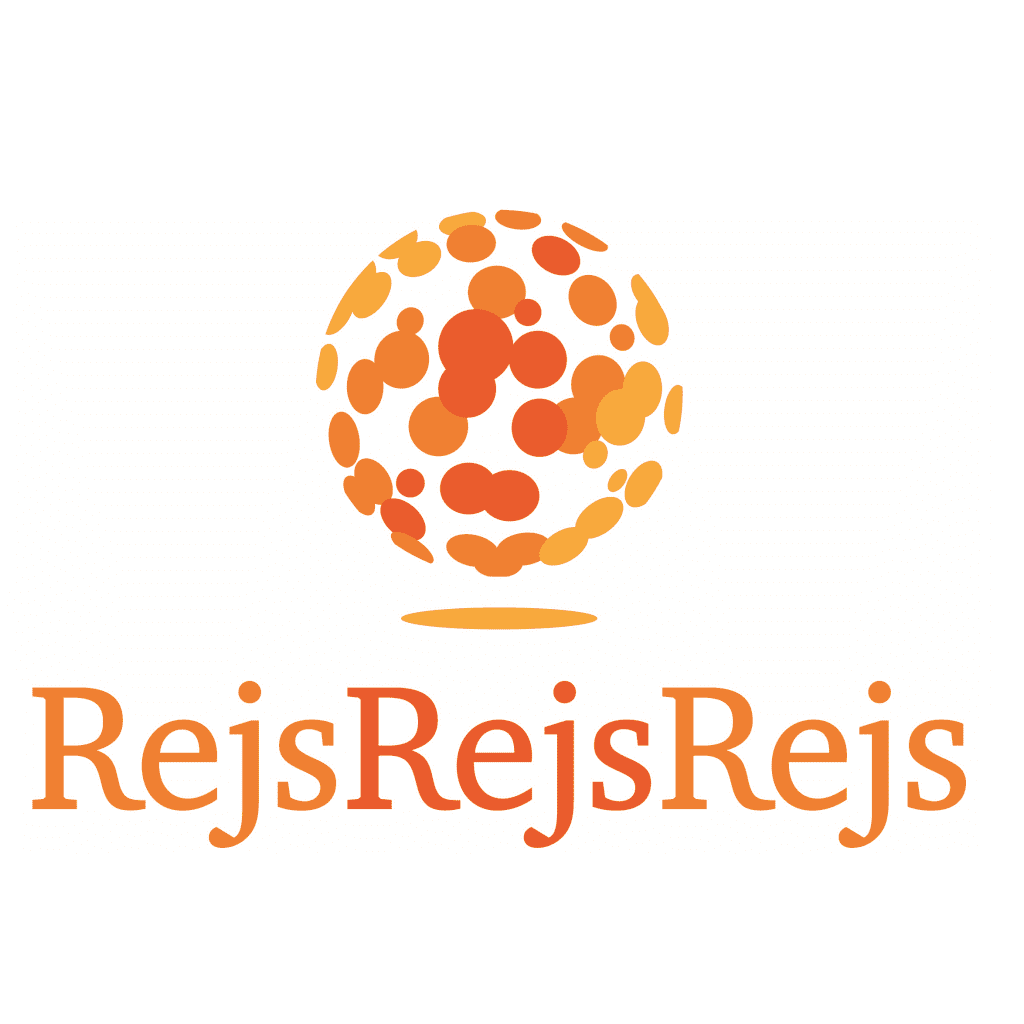




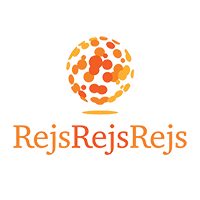



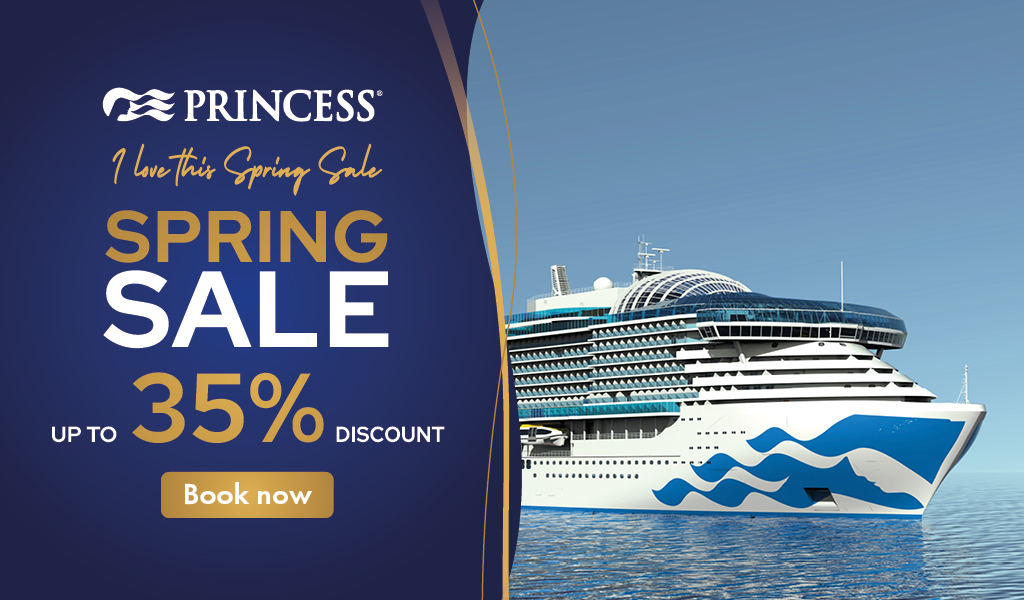





































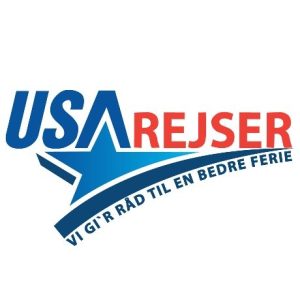
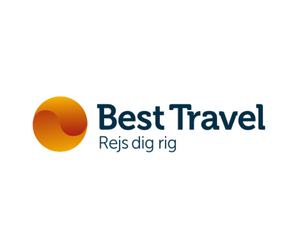
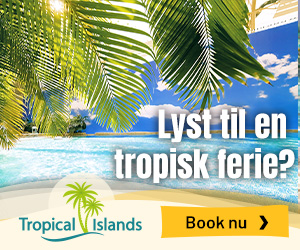




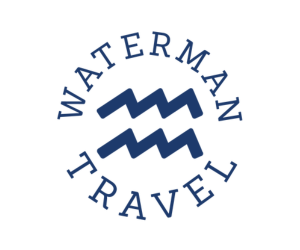

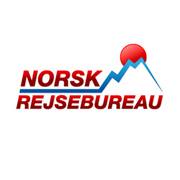

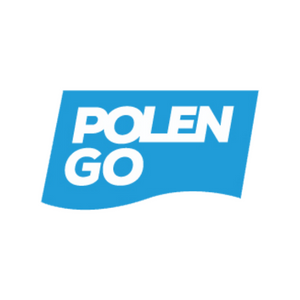
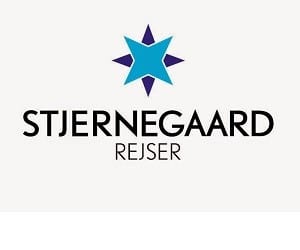
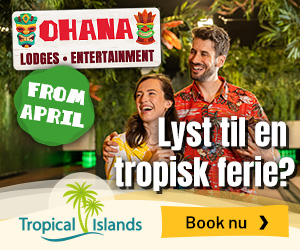

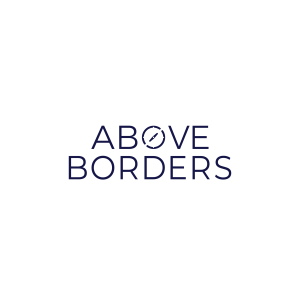
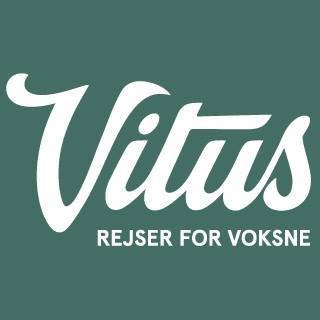
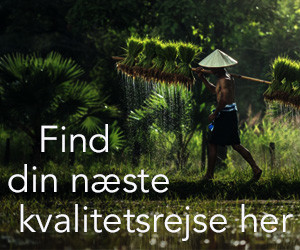
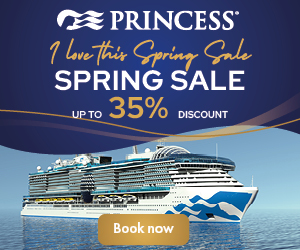
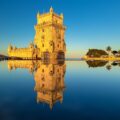
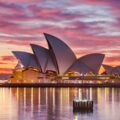
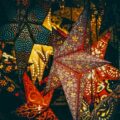

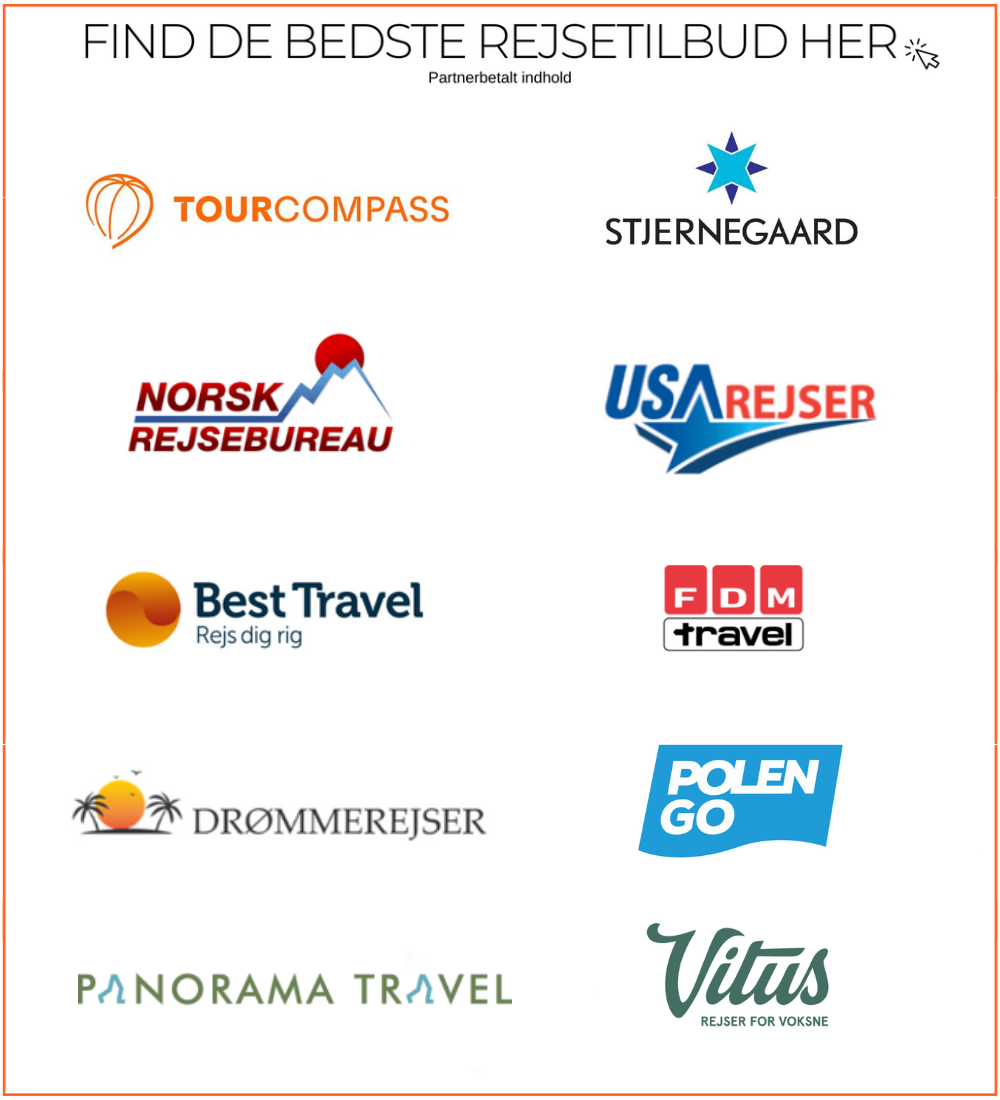
Add comment